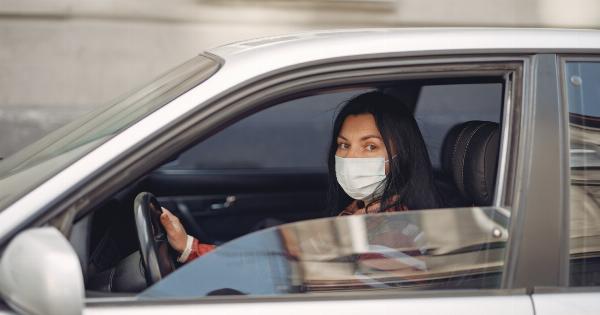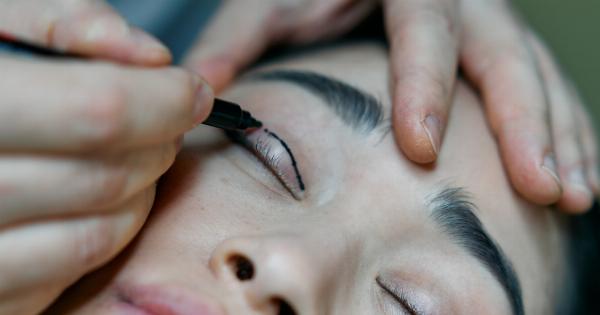Traveling from one place to another via an airplane is always an exciting experience, especially if it is for leisure or exploring a new place. However, the thought of airplane sickness can make some people nervous.
Airplane sickness also referred to as motion sickness or airsickness, is a common phenomenon experienced by many people. It is caused by a mismatch in signals sent to the brain from the eyes, inner ear, and sensory nerves in the body.
What Are the Symptoms of Airplane Sickness?
The common symptoms of airplane sickness include nausea, dizziness, sweating, vomiting, headache, and fatigue. These symptoms can make any individual’s travel experience more challenging and sometimes even ruin the entire trip.
It is essential to understand that various factors can increase the risk of airplane sickness.
What Increases the Risk of Airplane Sickness?
The risk of airplane sickness is higher in certain situations. The following factors can increase the risk of airplane sickness:.
1. Turbulence
Turbulence is one of the most significant factors responsible for airplane sickness. Turbulence is caused by the changes in air pressure and temperature, which can cause the aircraft to shake or jolt.
It is vital to keep your seatbelt fastened at all times, as turbulent weather can occur suddenly and without warning.
2. Sitting in the Middle or Back of the Aircraft
Passengers who sit in the middle or back of the aircraft might experience airplane sickness more often. The front of the aircraft experiences less turbulence, which generally reduces the level of airplane sickness.
3. Anxiety
Anxiety and fear of flying can increase the risk of airplane sickness. If you are nervous, anxious, or worried about traveling, it might make you more susceptible to motion sickness.
4. Strong Scents
A strong smell can also trigger airplane sickness. Avoid sitting close to passengers wearing heavy cologne, perfume, or deodorant or carrying any strong-smelling foods.
5. Improper Diet
It is essential to avoid traveling on an empty stomach, especially on long flights. It is also advisable to avoid eating heavy or spicy food, as they can increase the risk of airplane sickness.
6. Using Digital Devices
Using digital devices during the flight can also increase the risk of airplane sickness. It is important to limit the use of digital devices and take frequent breaks to prevent eye strain and motion sickness.
7. Medication
Some medications can increase the risk of airplane sickness. It is essential to consult a doctor before taking any medication before a flight.
8. Lack of Fresh Air
A lack of fresh air can also increase the risk of airplane sickness. It is advisable to open the air vent or ask the flight attendant for fresh air.
9. Fatigue
Passengers who are tired or fatigued can also experience airplane sickness. It is essential to take enough rest to avoid feeling tired during the flight.
10. Pregnancy
Finally, pregnant women are more prone to airplane sickness. If you are pregnant, it is essential to consult a doctor before traveling and take proper medication if necessary.
Conclusion
Airplane sickness can be a severe problem that plagues many travelers. The risk of airplane sickness is higher in certain situations such as turbulence, anxiety, improper diet, strong scents, and more.
If you are traveling, it is essential to stay aware and prepared to alleviate the risk of airplane sickness. Consult a doctor or pharmacist for suitable medication or non-medication alternatives to help manage your symptoms during the flight.
Take the necessary steps to make your air travel as comfortable as possible, and you’ll be able to enjoy your trip without any worries or discomfort.




























